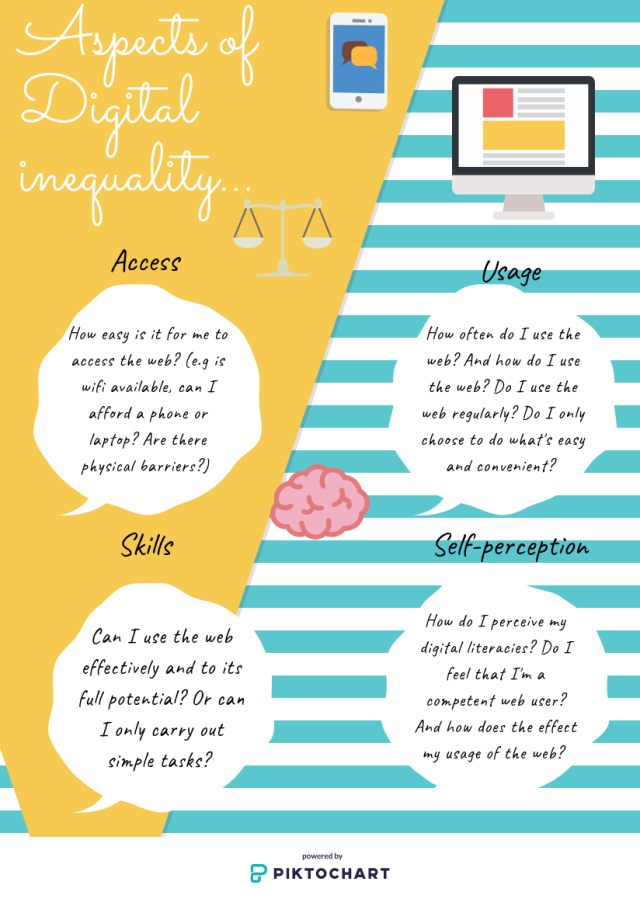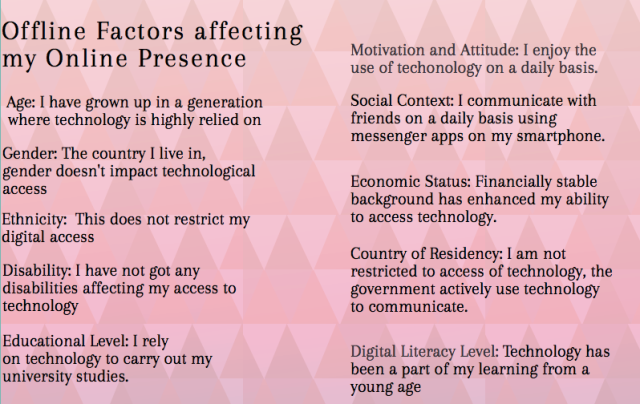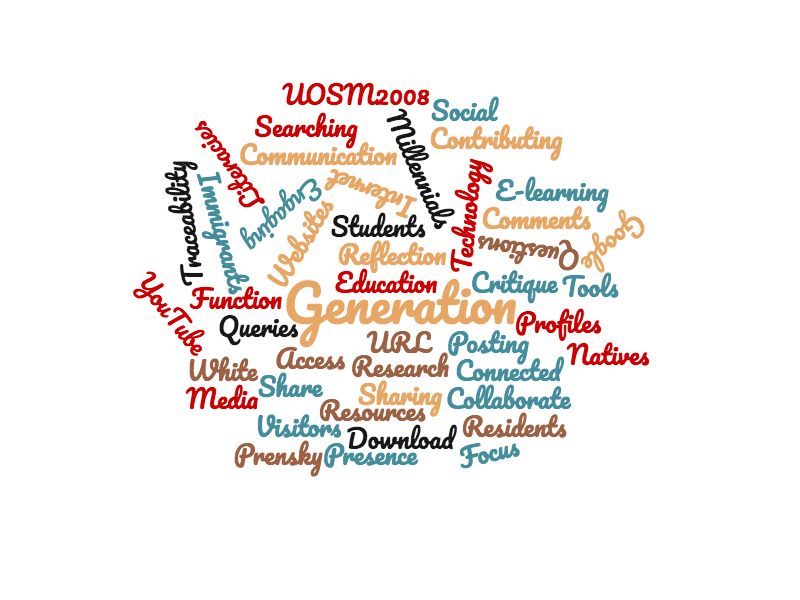
Digital Differences on the Web
As a Web Science student, people around me use the web all the time, but I’m aware of differences other people have getting access to the web and the types of activities the web is used for. Although it seems sensible to assume there’s a divide between the 50% of people who do have access to the web and the other half that do, it’s more complex than that, to the point that digital inequality should be seen as a “traditional form of inequality” (Robinson et al.
Continue reading →











